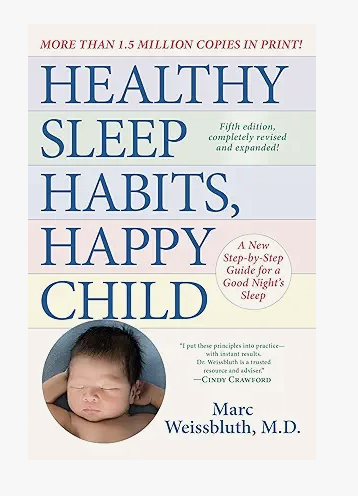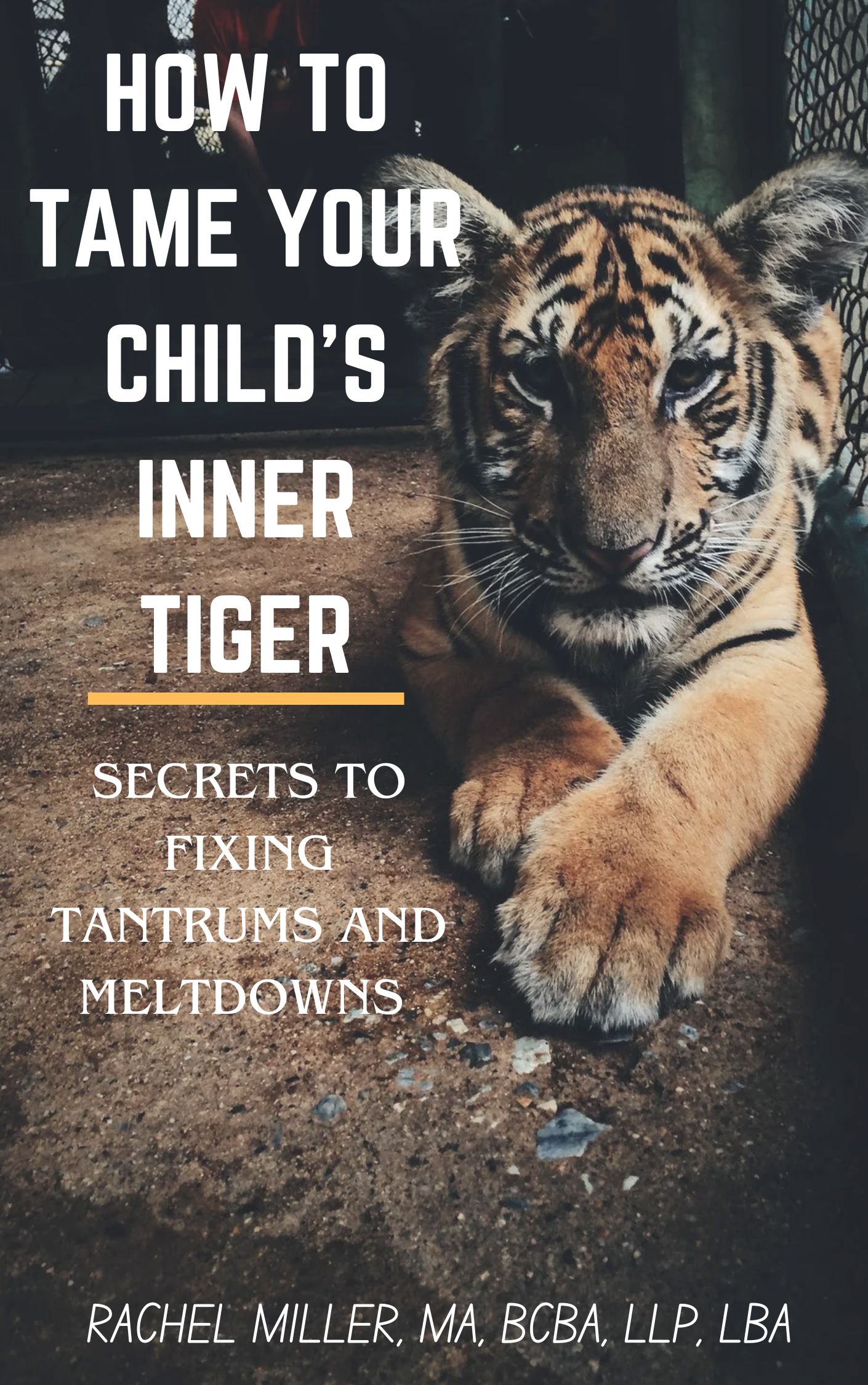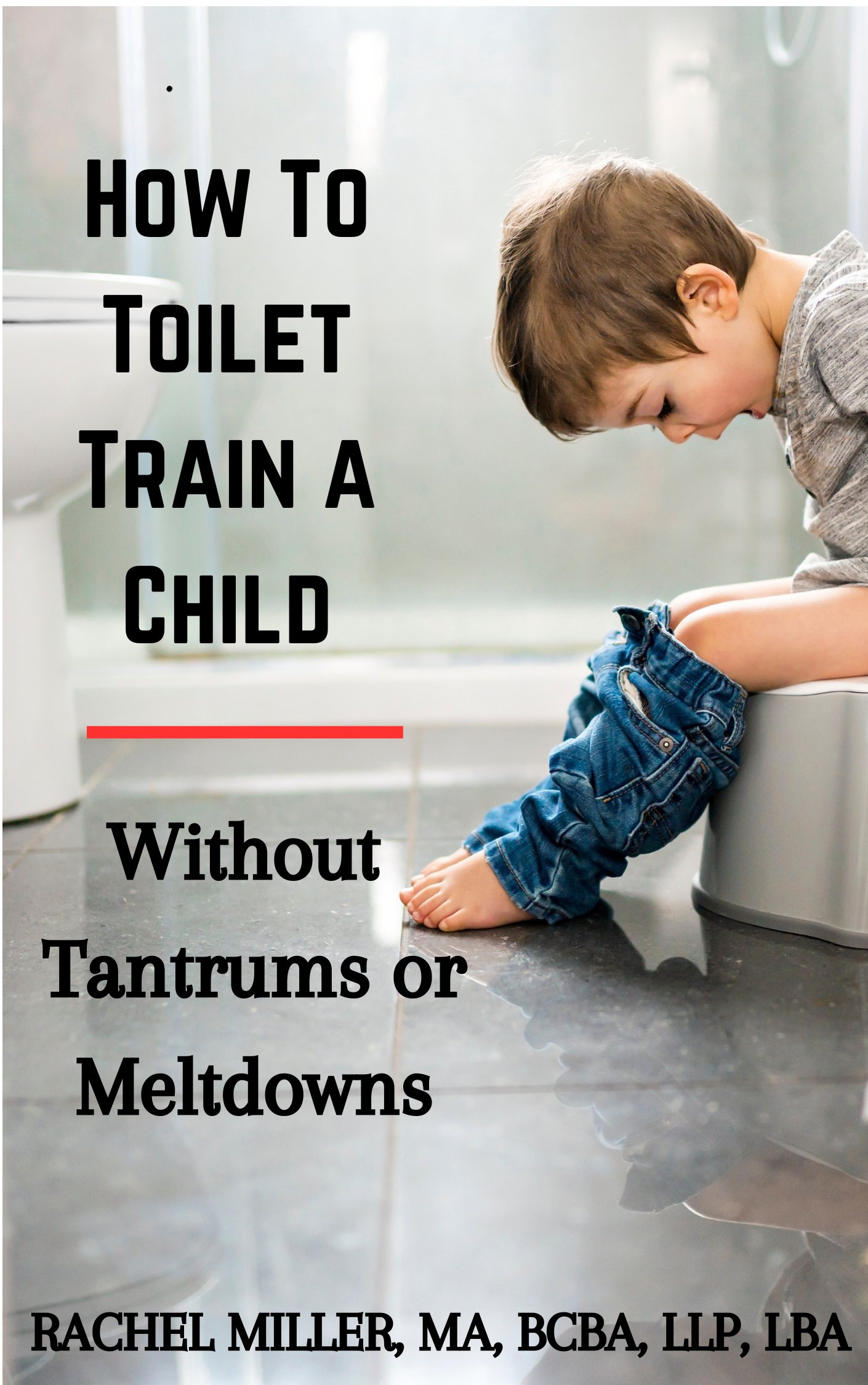Does Your Child Have
a Problem Sleeping?
Discover the best strategies to help children who struggle with a problem sleeping and learn the recommended hours of rest by age.
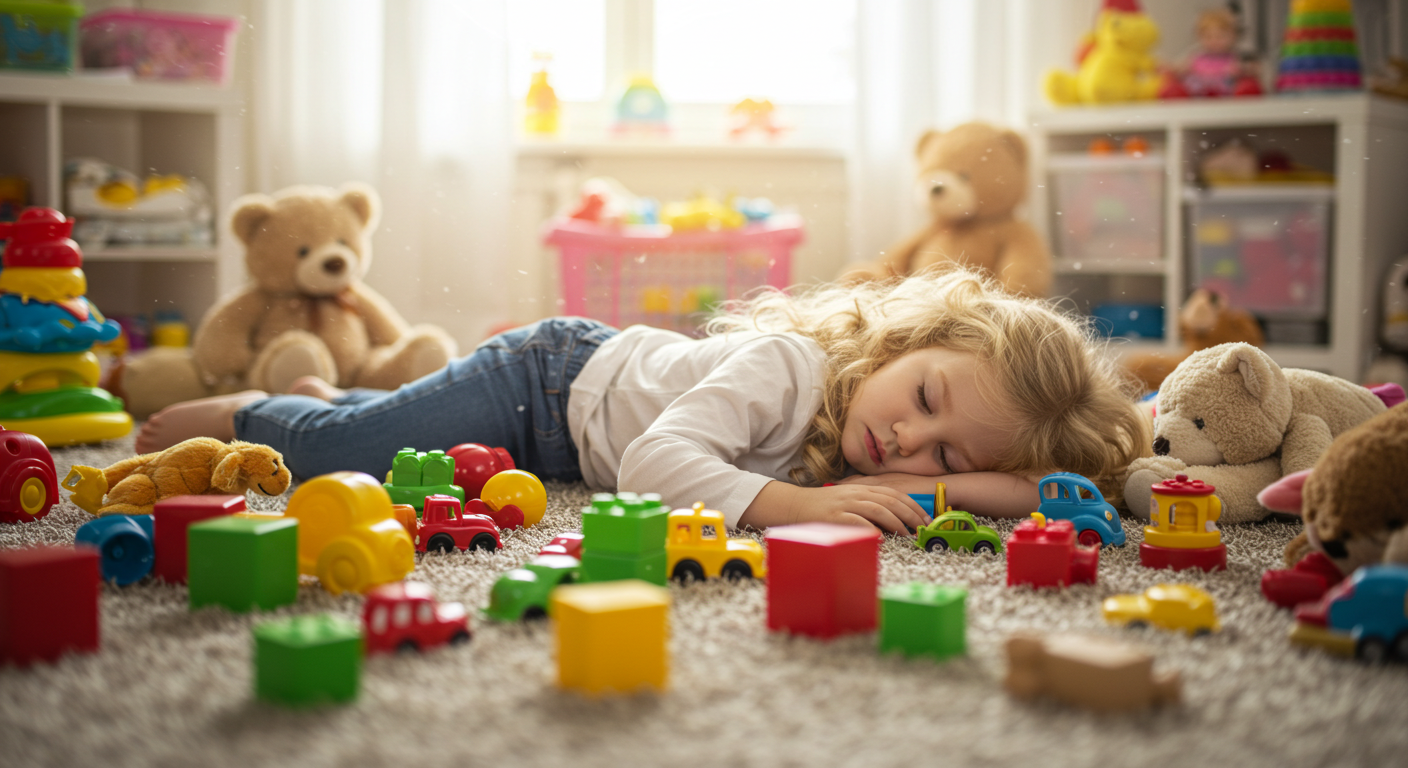
Sleep is one of the most important needs for a child’s healthy development. When kids face a problem sleeping, it can lead to serious consequences such as attention difficulties, frequent illness, hyperactivity, impulsivity, developmental delays, and behavioral issues. Parents also suffer—lack of rest can leave you feeling exhausted, overwhelmed, and even on the verge of burnout.
When my oldest son was an infant, I nearly thought I was going to lose my mind from sleep deprivation. But once I learned and applied the right techniques, everything changed. My son went from fighting naps to sleeping through the night and taking 2–3 hour naps during the day. We are proof that with consistency, these methods truly work.
How Problem Sleeping Affects Children
For many kids, especially those with ADHD-like behaviors, problem sleeping can directly impact mood, focus, and energy levels. My son, for example, would run in circles like the Energizer Bunny. Eventually, I learned this was due to elevated cortisol levels—a stress hormone released when children are overtired.
The National Sleep Foundation recommends the following total hours of sleep per day (including naps) by age group:

If your child is not meeting these guidelines, their problem sleeping may be fueling hyperactivity, delays, or behavior challenges—not the other way around.
Why Some Children Struggle With Sleep
Kids with sensory processing disorders are especially prone to problem sleeping. Their nervous systems struggle to calm down, and they may continue feeling sensory input (such as from movement, sound, or touch) long after an activity ends—much like the sensation of still being on a boat hours after returning to shore.
After learning and applying the techniques below, my son was not only snoozing through the night, but also taking naps for 2-3 hours during the day! It was HEAVEN after we could barely get him to close his eyes for a 20 minute nap previously, so we are living proof that these techniques WILL work if you apply them consistently.
For some children with ADHD behavior problems, simply focusing on getting them to meet the recommended hours will often relieve a lot of the behavioral issues as well.
Recommendations for Children With a Problem Sleeping
Helping your child overcome a problem sleeping requires patience and consistency. The tips account for environmental factors that can disturb sleep patterns, cause hyperactivity, attention difficulties and behavioral issues. By limiting these triggers, the brain can be more easily calmed for nighttime slumber and the challenging conduct can be eliminated.
The practices outlined must be used consistently for at least 2-3 weeks for an individual that has a problem sleeping. Unfortunately, because it can take 2-3 weeks of consistent use before seeing results, many parents give up. However, it is extremely important to stick with it as getting deep sleep is absolutely necessary for brain function and development. When children have a problem sleeping and do not get the recommended amount each day our bodies simply cannot function as they should. Just think of how you feel when you are deprived of nighttime slumber... Could you imagine trying to learn a foreign language after a night of interrupted zzzz's? It's the same for kids! Not to mention the irritability felt from lack of high quality slumber.
1. Limit Caffeine and Sugar
- Caffeine can stay in the body for up to 12 hours, disrupting sleep cycles. Even chocolate milk at dinner can worsen problem sleeping.
- Monitor sugar intake closely since excess sugar can overstimulate the brain and prevent quality rest.
2. Consider Homeopathic Sleep Aids
Some parents find gentle, child-safe sleep remedies helpful on nights when kids wake up and resist falling back asleep. Always consult your pediatrician before use.
3. Limit Screen Time Before Bed
- Avoid TV, video games, and computers at least one hour before bedtime.
- Artificial light suppresses melatonin, the natural hormone that triggers sleep. Studies show children who watch just two hours of TV daily are more likely to experience problem sleeping.
4. Keep the Bedroom Screen-Free
- TVs in the bedroom are strongly linked to sleep difficulties.
- Replace them with soothing alternatives like a white noise machine. Continuous sounds (such as rainfall or ocean waves) help block out small noises that disrupt sleep.
5. Adjust the Environment
- Dim lights an hour before bedtime to help the body wind down.
- Use blackout blinds to block outside light.
- Try a white noise machine or fan for consistent background sound. Some even project calming images, giving kids a comforting focal point without the stimulating effects of TV.
6. Create a Consistent Bedtime Routine
- Follow the same sequence of calming activities every night.
- Use a shorter version of the routine for naps.
- Consider a picture schedule so your child knows exactly what to expect each evening. I personally like the free app Kids to Do list to help with this and other schedules during the day.

7. Set an Early Bedtime for Young Children
- It is highly recommended that children aged 2–5 years have a bedtime of no later than 7:30 or 8:00 p.m. Under the age of 2 years old a bedtime between 6-8pm is recommended.
- Later bedtimes often result in overtiredness. When the body is overtired due to a problem sleeping, it releases cortisol, a stress hormone that triggers the “second wind.”
- Elevated cortisol not only delays sleep but also contributes to attention and memory problems, impulsivity, hyperactivity, and even weight gain.
- Parents often notice their child running around full of energy late in the evening, only to crash at 9:30 or 10:00 p.m.—but this leads to poor-quality rest, night waking, and fewer total hours of sleep. Remember: quality is just as important as quantity.
8. Teach Kids to Fall Asleep Independently
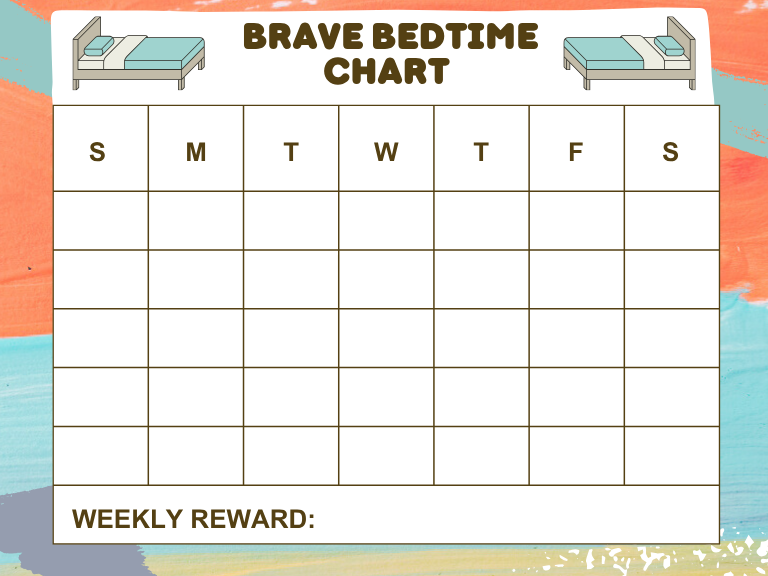
- If your child has a problem sleeping through the night but depends on you to fall asleep, they will also need you when they wake up at night.
- Whatever method helps them fall asleep initially will be required again after night wakings.
- A drug-free technique to support independence is using a cold pack or spa neck wrap on the back of the neck for 15 minutes before bedtime. This naturally encourages melatonin release and helps the body relax.
- In addition to falling asleep independently, getting children to sleep in their own bed is also important at some point if a child is having problems sleeping. Below is a social story that can help children to become more independent and sleep in their own bed. I recommend pairing it with a Bedtime Reward Chart to reinforce desired bedtime behaviors, such as following a routine and sleeping in their own bed.
Addressing Underlying Causes of Problem Sleeping
If your child continues to struggle despite these strategies, consider evaluating for sensory disorders. Techniques such as the Wilbarger Brushing Protocol and sensory diets have helped many children regulate their nervous systems and improve sleep quality.
My Experience With Problem Sleeping in Infancy
As an infant, my son had a terrible problem sleeping until he was about 8 months old. After reading and applying the methods in Healthy Sleep Habits, Happy Child by Marc Weissbluth, M.D., my son finally began sleeping through the night.
This book was truly my savior during those exhausting early months, and I highly recommend all parents read it. Dr. Weissbluth offers valuable guidance on:
- Teaching children how to fall asleep on their own
- The best nap times aligned with the body’s natural circadian rhythms
- Solutions for specific concerns and common sleep struggles
Later, when my son was around 2 years old, new challenges arose, and we began implementing a sensory diet—which helped tremendously. Combining these approaches gave us lasting results and a much happier, healthier child.
Final Thoughts
When children face a problem sleeping, the whole family feels the effects. The good news is that with the right strategies—limiting stimulants, creating calming routines, setting proper bedtimes, encouraging independent sleep, and using proven resources—most children can enjoy deep, restorative rest.
Just as adults struggle after a sleepless night, kids cannot thrive without proper rest. Consistency is key, and with persistence, your child can overcome sleep challenges and wake up ready to learn, grow, and thrive.
If you haven't already, be sure to check out my ebooks, now on Amazon!
